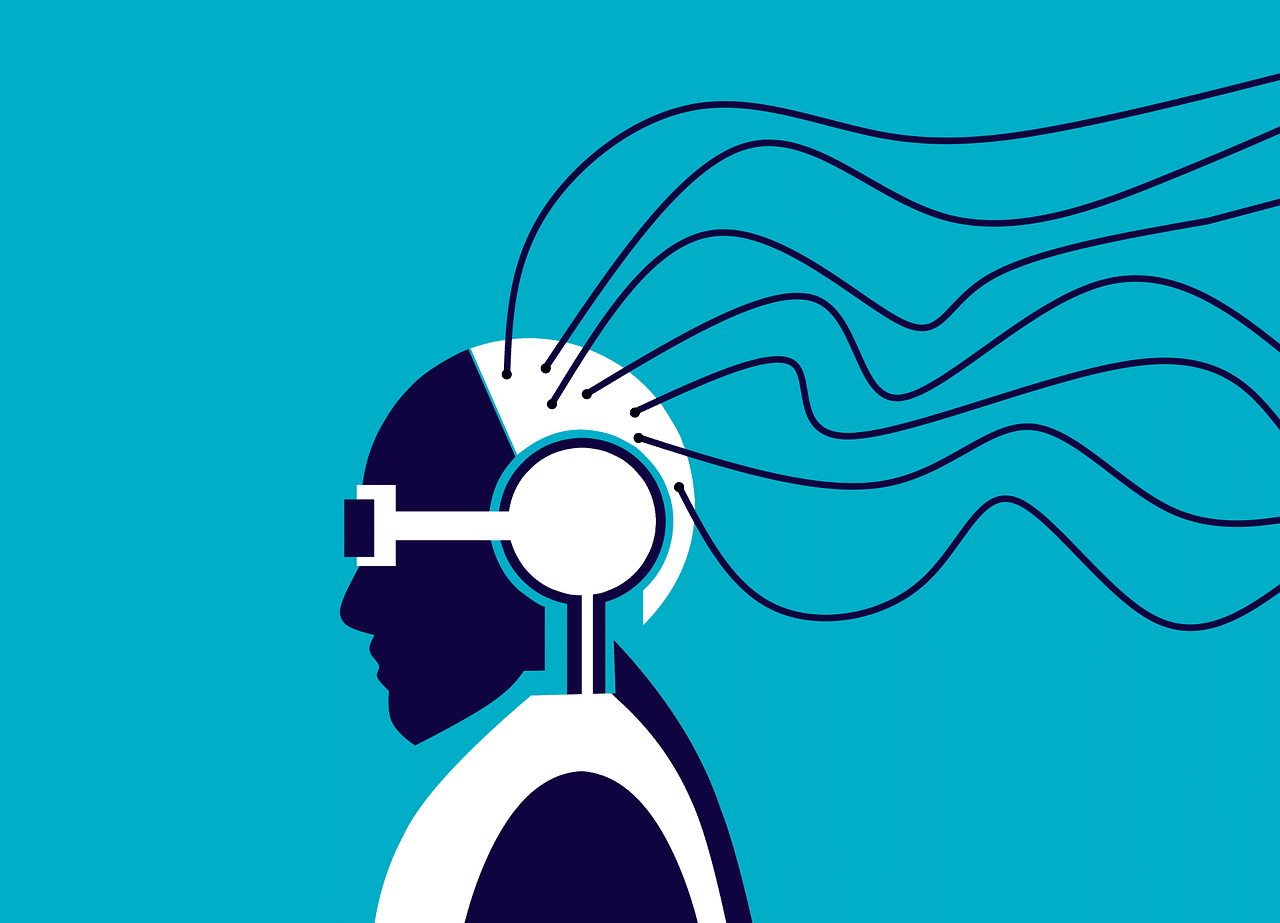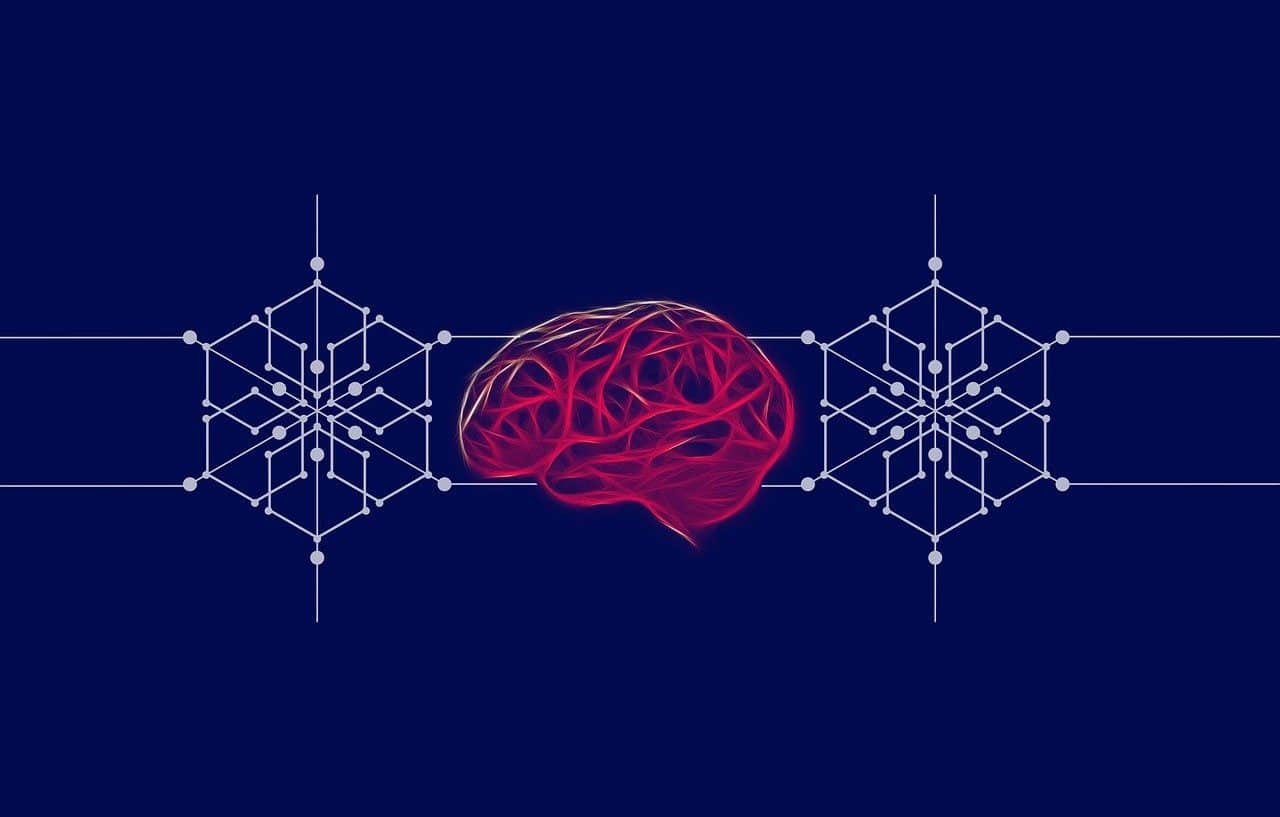
Machine learning uses an algorithm for sentiment analysis.
Machine learning is an area of artificial intelligence ( AI ) focused on the techniques that enable a system to acquire the ability to learn . The concept is also mentioned as machine learning , an expression of the English language that can be translated as "machine learning" .
The basis of machine learning is to allow a computer to carry out certain tasks autonomously, without specific programming that tells it to do so. For this, algorithms (a set of rules) are used.
Imitation of a human capacity
Machine learning is an imitation of the way humans learn. The acquisition of skills or knowledge is called learning ; The automatic , for its part, is that which has an autonomous operation, without a person having to intervene constantly or directly.
With machine learning, then, a system is able to learn even when it was not explicitly programmed to do so. What the machine does is identify patterns among the data it is responsible for processing; Thus, you can make predictions and forecasts .
It can be said, therefore, that machine learning is based on pattern recognition . Thanks to successive data processing, the system manages to learn to make inferences from new information, without having been trained with it.
As we indicated above, algorithms are key in this process, as is statistics . Today devices work with enormous amounts of information ( big data ) and are able to deduce, when faced with a problem, what is the best possible result.
Similar to a person, the computer analyzes the data, extracts common characteristics and develops a classification and then makes its predictions. Libraries and platforms like Scikit-learn , Keras , TensorFlow , and PyTorch help in creating machine learning models and algorithms.

Machine learning algorithms train data through a process known as clustering.
Types of machine learning
Experts recognize different types of machine learning, derived from the various machine learning models. When labeled data is used to train algorithms, it is called supervised learning . What the system does, in these cases, is adapt according to the data entered.
If unlabeled data is pooled, however, this is unsupervised learning . Thus, the system searches for hidden patterns based on similarities and differences.
An intermediate alternative is semi-supervised learning . In this type of machine learning, small amounts of labeled data are used to direct the processing of larger data sets that, unlike the first, do not have labels.
The trial and error mechanism, finally, is the cornerstone of reinforcement learning . Through this modality, the computer performs tests to arrive at the appropriate way to execute a task.

Machine learning uses natural language processing (NLP) for speech recognition.
neural networks
To understand the development of machine learning, we must understand how artificial intelligence works and especially the notion of a neural network .
The British Thomas Bayes ( 1701 – 1761 ) is considered a precursor of computer science and artificial intelligence . Bayes' theorem , in this framework, indicates the probability of an event occurring based on the analysis of previous conditions that could be related to the event in question.
Over time, computer programming emerged (instructions given to computers to carry out an action) and thus Alan Turing ( 1912 – 1954 ) came to study the possible capacity of machines to think, independently replicating some actions of people.
The next step that made the development of artificial intelligence and machine learning possible was the creation of artificial neural networks , made up of interrelated nodes that transmit and process data. This advance arose from research focused on human neural networks and the study of the application of biology to produce intelligent machines.
Machine learning is considered to have been achieved for the first time in 1951 , when two scientists from the Massachusetts Institute of Technology ( Dean Edmonds and Marvin Minsky ) created a computer program that managed to learn from their experiences to find how to get out of a maze.
Based on big data and greater computing power, machine learning has grown a lot since the end of the 20th century , solving highly complex problems. We cannot fail to mention, in this context, the progress brought about by deep learning : the ability of a system to train itself to achieve optimization in the use of data.
Machine Learning Examples
Currently we can find examples of machine learning in multiple areas. Machine learning is used by recommendation systems that suggest different options to users according to the preferences they previously showed, to mention one case.
Speech recognition and image recognition are other examples of machine learning. The systems, in this case, detect patterns for identification .
Machine translation and chatbots that "dialogue" with people are other technological tools made possible by machine learning.
